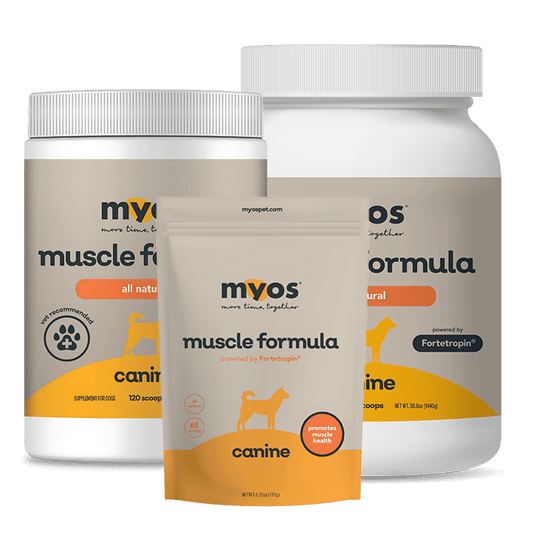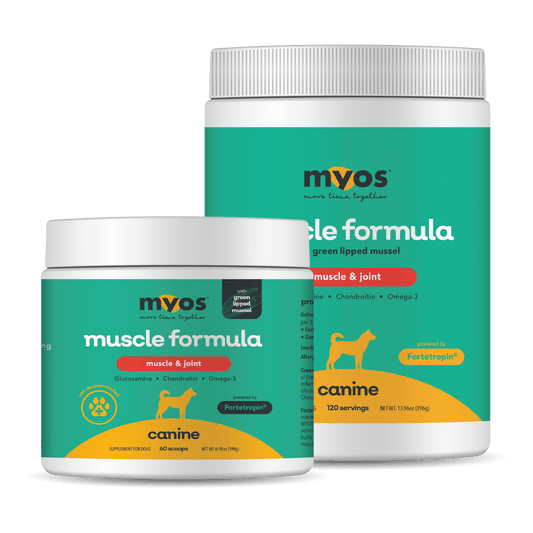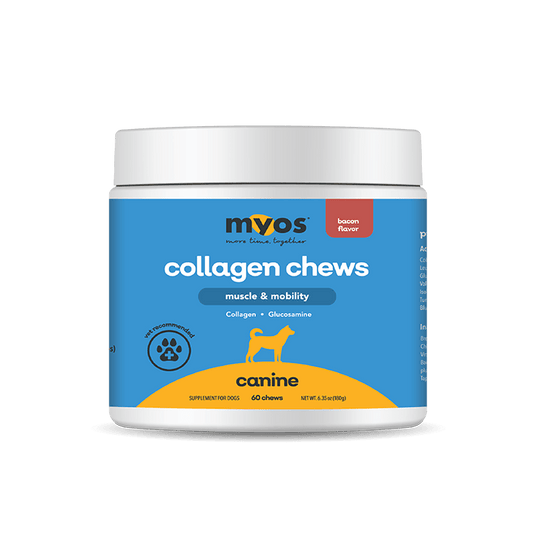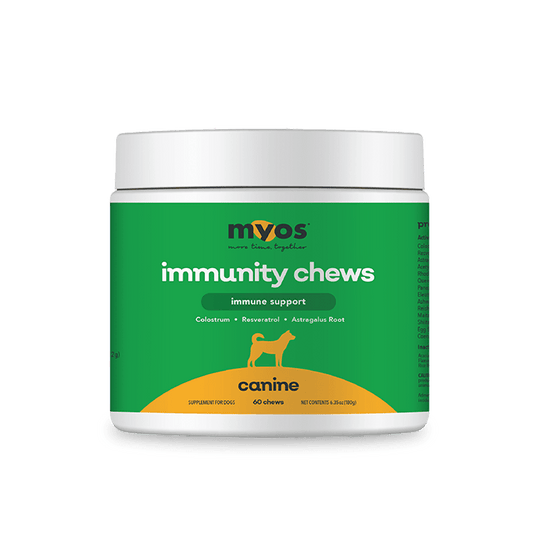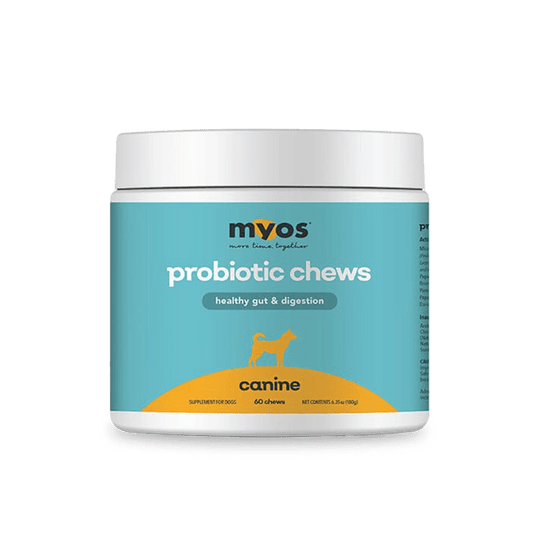
Osteoarthritis in dogs, otherwise known as degenerative joint disease (DJD), is a progressive degeneration of the cartilage and bone within a joint.
Another way of defining osteoarthritis is the “wear and tear” on joints. Osteoarthritis can technically happen in any joint in the body. But the most commonly affected joints are the hip, knee, shoulder, elbow, spine, or wrist.
Signs of osteoarthritis include:
- Stiffness, lameness, limping, or difficulty getting up
- Lethargy
- Reluctance to run, jump, or play
- Weight gain
- Irritability or changes in behavior
- Pain when petted or touched
- Difficulty posturing to urinate or defecate, or having accidents in the house
- Loss of muscle mass over the limbs and spine
The top 5 causes of osteoarthritis in dogs are:
Body Weight
Being overweight or obese makes arthritis much more likely. A dog that is obese has more pressure on his or her joints. Increased pressure over time can cause cartilage to break down.
Age
While dogs can develop osteoarthritis at any year of age, it’s more common in older dogs. This is because the joints have suffered more wear and tear over the years.
Infection
Conditions caused by various bacterial, viral and fungal infections can affect joints and contribute to osteoarthritis. Common conditions include Ehrlichiosis, Lyme disease and Rocky Mountain spotted fever, which can be carried by ticks.
Previous injury or disease
When a dog injures a limb or joint (for example, a torn ACL) or has a joint disease (such as hip dysplasia), they are more likely to develop osteoarthritis in that joint. This is because the injury or disease alters the joint mechanics, causing the body to try to compensate. Repair of the injury, such as TPLO surgery, does decrease the amount of arthritis. But these dogs usually do still develop it to some degree.
Genetics
Some breeds (such as German Shepherds and Labrador Retrievers) or specific genetic lines are predisposed to the development of osteoarthritis. In those breeds—especially if their genetic line carries high risk of hip and elbow dysplasia—dogs may be born with an improperly formed joint. As a result, they can develop arthritis as early as the first year of life.
By boosting muscle health, it can help support stronger joints and may slow joint degeneration. Whether from weight, age, infections, injuries, or genetics, integrating a muscle supplement like MYOS Canine Muscle Formula, could help enhance your dogs' mobility and overall well-being.

